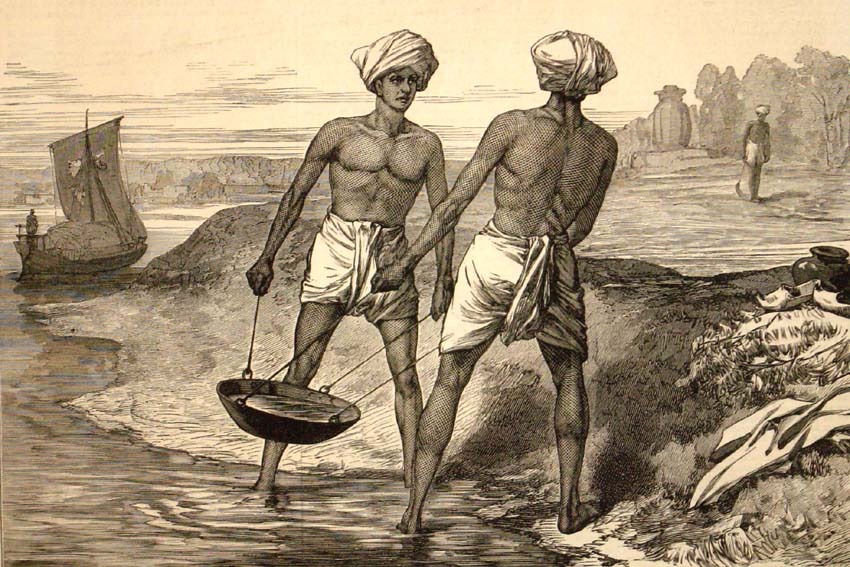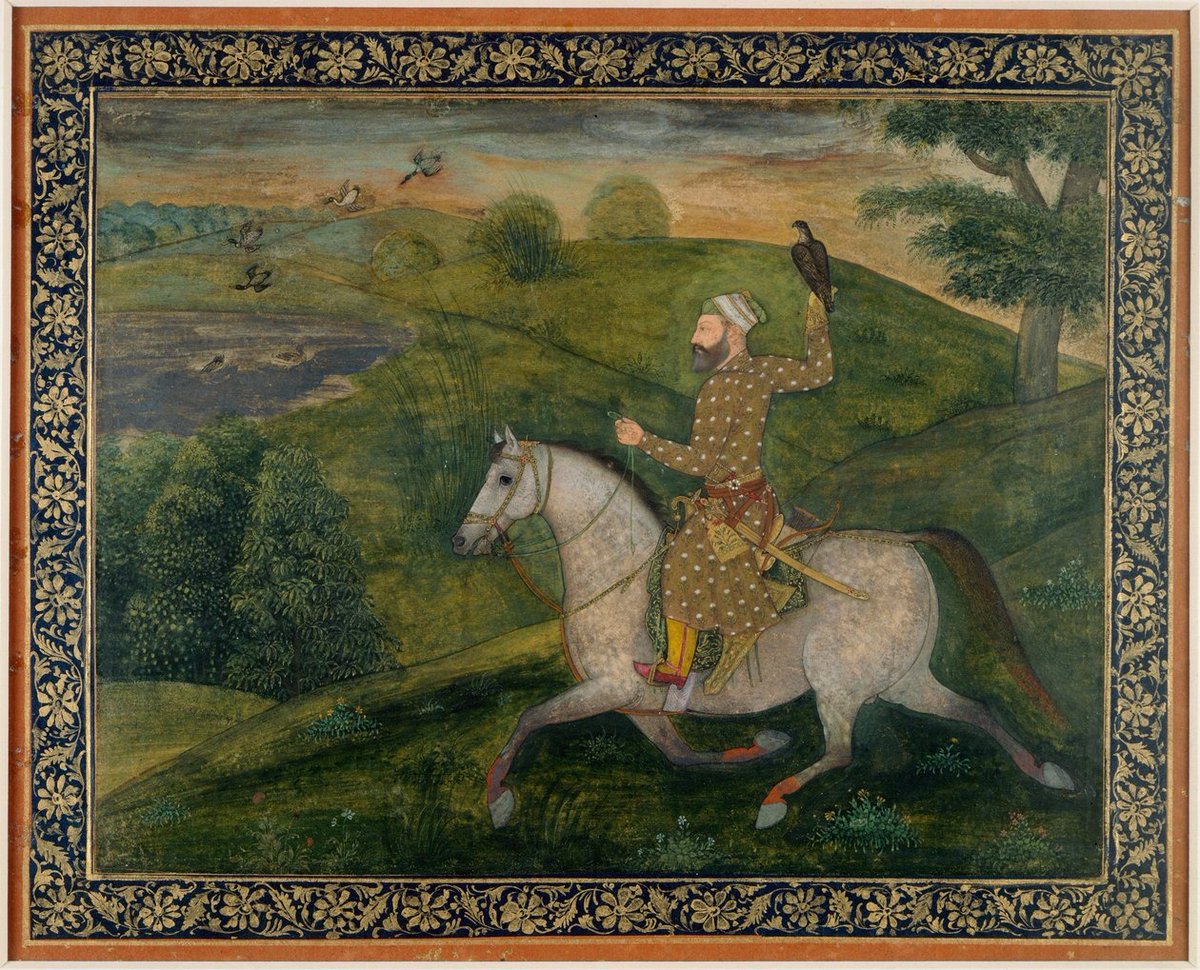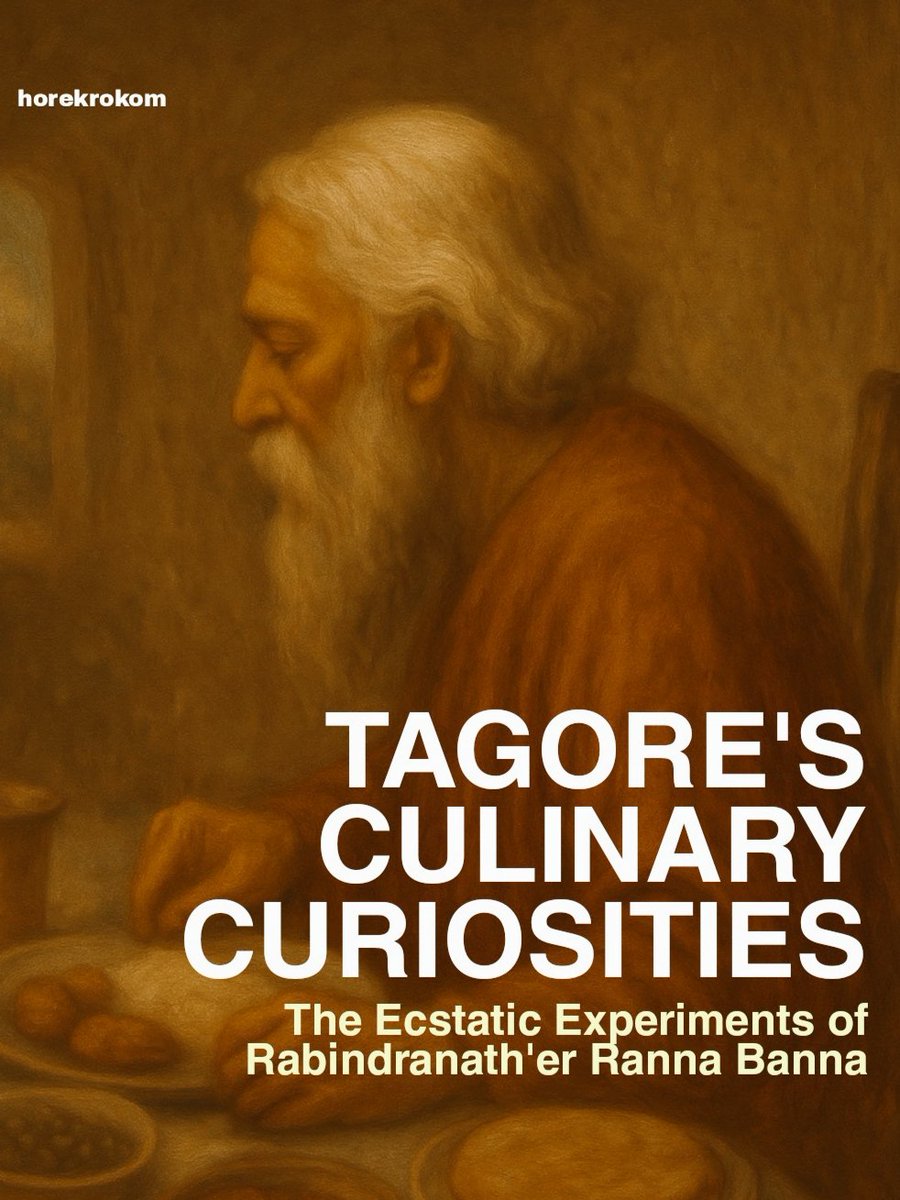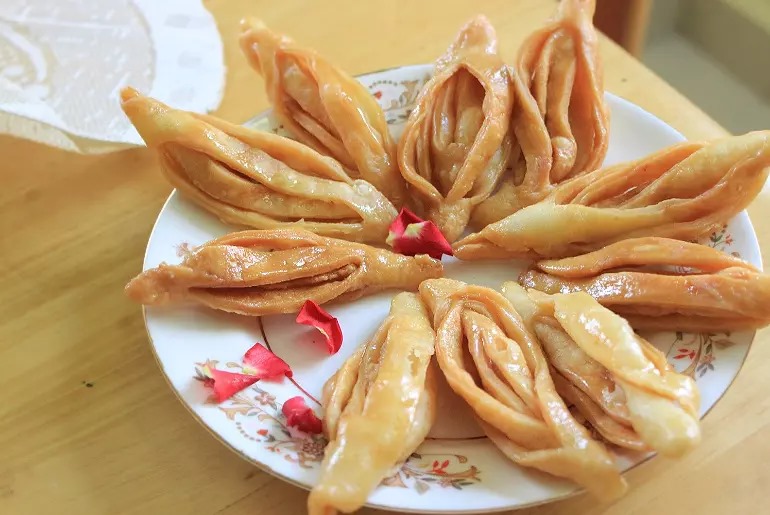Ikir Mikir Insights 🧵✋🏼
If you have been brought up in Bengali household, then you would have definitely played a lot of Ikir Mikir Cham Chikir spreading your fingers in your childhood days while narrating the rhyme. At a glance, Ikir Mikir might appear as child's rhyme of play
If you have been brought up in Bengali household, then you would have definitely played a lot of Ikir Mikir Cham Chikir spreading your fingers in your childhood days while narrating the rhyme. At a glance, Ikir Mikir might appear as child's rhyme of play

but actually the poem has got a much more intense and wrenching backstory that highlights many other sides of society. In the game, primarily two have to sit spreading their fingers, and one has to count fingers reciting the rhyme, where rhyme ends the finger needs to be folded. 

Likewise, the one who completes folding all can hit the other one in the hand whose fingers are pending.
The rhyme opens with the line Ikir Mikir Cham Chikir, which means earning wages after working hard and farming (ikir).
The rhyme opens with the line Ikir Mikir Cham Chikir, which means earning wages after working hard and farming (ikir).

If that doesn't meet requirements, then working extra to earn (mikir), by going places (cham) and returning after earning wages (chikir). Now this little wage would be hindered by Royal Tax collectors (majumdar), who collect shares of taxes from earnings (chamer kata majumdar). 

Whatever remains is now looted by Damodar, a community who would loot grains from farmers & trade them off in the market at cheaper rates (dheye elo damodar). After tax collectors - grain looters, whatever very, very little amount is saved is the only source of food 

for the farmer’s family & earnings (daway boshe chaal kori), referencing cooking that little leftover rice as food. Already after loots & taxes, often farmers used to run out of reserves and have to starve most days, leading to famines. 

This has been used metaphorically as a delay in food timings as there are no reserves (chaal kadte holo byala, bhat khabi aay dupurbyala). Now, even in the limited share, fears of theft, robbers & antisocial beings are there, and farmers were frequently subjected to them. 

For their simple living, it was easy to extort them, hence the line (bhaat e porlo machi – flies ruin the food). To tackle them, the only way for the poor farmers was to report to the police and landlord officials (kodals), referring to the line Kodal diye cachi. 

But again, these authorities were also corrupt & would mostly harass the farmers for bribes instead of helping them out, solving their problems (kodal holo bhota, dull). Kha sheyaler/kamarer matha, then whom to hope for? The recruiters or the higher authorities, 

mostly landlords & officials, but hardly that brought any result, hence the loop continued. Basically, the story is how the lives of poor farmers & workers, after being distressed by tax collectors, grain looters, robbers, would resort to authority, but that too was corrupted 

yielding no result, the same thing went on & on for ages, improving nothing. Bengal faced multiple famines & epidemics during 17th–19th century, among them claiming the lives of many such farmers and their families, the Great Bengal Famine, 

and Churchill's most gruesome plan devastating the repository of grain among them. The same picture gave rise to such rhymes. Even considering today, hardly any development is there in scope, be it innumerable protests, deaths nothing improves. 

Not only this one, but one popular child rhyme goes, Sa Re Ga Ma Pa Dha Ni, Bomb feleche Japani, Bomber bhetor Keute Saap, Saheb bole Bapre Baap. This is a direct dig into Japanese air bomb drops over the city of Kolkata during World War II 

and how there were frequent blackouts & destruction, and how anxious the people were living so much so that it even mentions the English government being panic-stricken in shock owing to the bombings around (130 bombs). 

Or the most popular lullaby of Bengali Shona ghumalo, para juralo, borgi elo deshe, bulbuli teh dhan kheyeche, khajna debo kishe, is the direct mention of the heinous mammoth Bargis, the Maratha Army attacks on villages and the uncalled-for loot of wealth carried on by them. 

It says Bargis are robbing by night and the Mughal rulers are robbing by day by asking the poor commoners for high taxes even under attack and loot circumstances without any compromise, and the fear of being tortured reigns both way! 

Probably behind fairytales & children's lullabies - rhymes, such deep subtexts & contexts have been presented passively so that the records get carried over generations, the dark philosophy and backstory often to be thought beyond! 

Nowadays with increasing technological and digital interference, upbringing has changed largely, owing to the disappearance of many such games & rhymes and many things which were part of our lifestyle has lost the relevancy over time. 

That's the nature of time to be accepted and imbibed but also a note to conserve some, which might be interesting to look back at in either way sustainably. 

Do share if you have been into something alike that was part of your childhood but has been lost over time currently, that would be insightful and enriching to know & conserve!
END🧵✋🏼
PC - Internet, Haren Das
END🧵✋🏼
PC - Internet, Haren Das

• • •
Missing some Tweet in this thread? You can try to
force a refresh






















